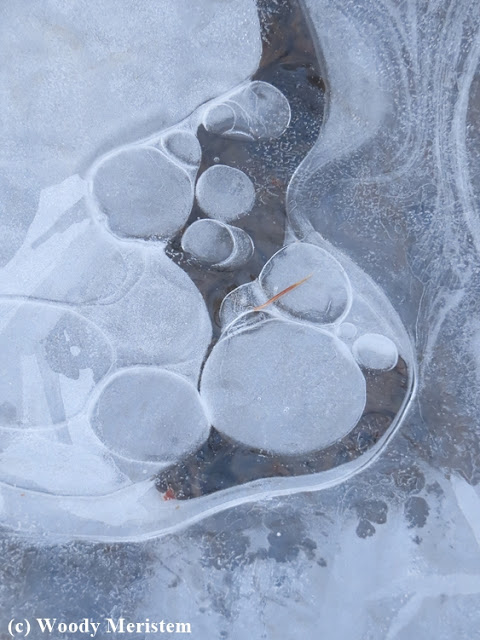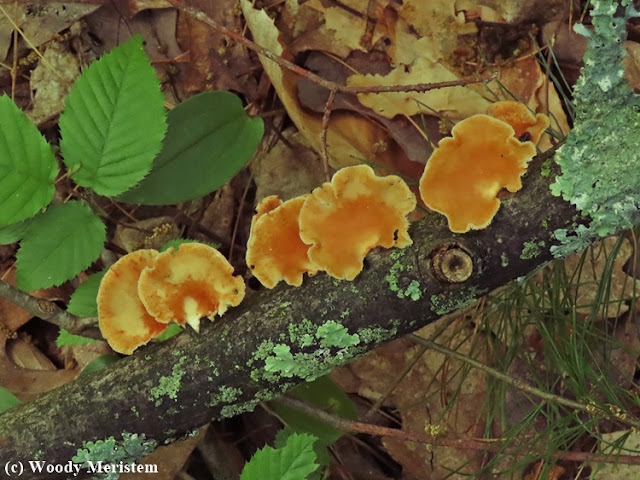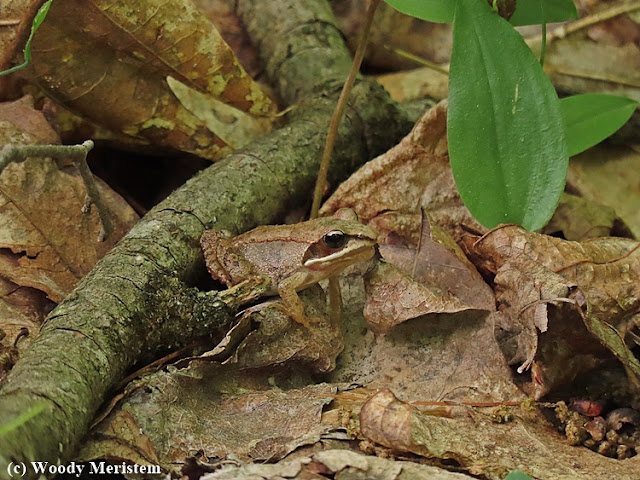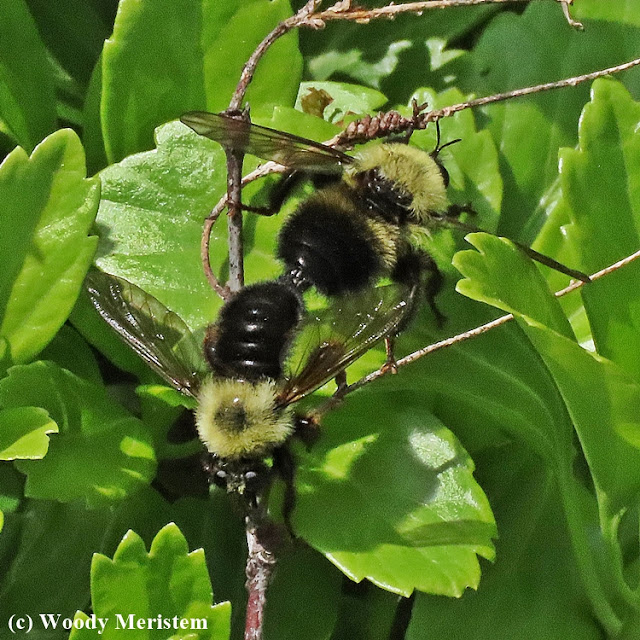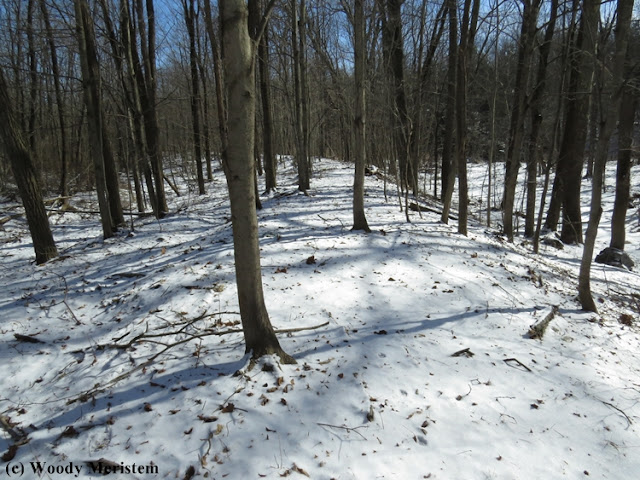Pretend
it’s 1906 and you live in rural Bradford County in northern Pennsylvania.
Chances are that you’re a member of a family that lives on a farm
and has to transport the products of the farm to the nearest town by
wagon – even in town you’re a long way from the larger markets
that offer better prices.
You’ve
heard rumors about a railroad being built along Towanda Creek in the valley where
you live – and now comes news that the railroad will actually be built,
connecting you to Pittsburgh, PA, Binghamton, NY and other large
cities. That railroad will be the Pittsburgh, Binghamton and Eastern
Railroad whose primary purpose will be the transportation of coal
from mines in Tioga, Indiana and Clearfield counties – but it will
certainly also convey your crops to the cities and bring you higher
prices.
In
February 1906 there was an advertisement seeking 100,000 ties of oak
and chestnut. Rights-of-way were being acquired and work was to begin
on March 1. Engines were ordered and bridges were to be built. Work
actually began near Powell, PA in April 1906 with over 50 men on
the job. In early-May, 60 more workers (reportedly
Polish immigrants) were hired to do pick-and-shovel grading.
During
the summer of 1906 there were said
to be ten steam drills at work at a rock cut east of
Franklindale, PA –
 |
| From Tri-Counties Genealogy & History |
A newspaper article in the Williamsport Gazette & Bulletin in
September, 1906 stated that 1,000 men were grading and
building bridges including bridges crossing Schrader and Towanda
creeks.
Grading
was done near Canton, PA and a camp for Italian laborers was built; there were predictions that trains would
be running early in the winter. Six more locomotives were ordered and
the payroll reportedly
included 700
names.
And
then on December 14, 1906 came
an announcement
that all work was to be halted and all foreign workers would be
laid-off. A
month later new officers took over the railroad and a bit of work
continued, but two of
the railroad’s
rented engines were sent to a railroad in New England after the rent hadn't been paid. More stock in the railroad was issued as were more bonds.
Additional
work was done in the spring of 1907 and the big rock cut was completed –
 |
| From Tri-Counties Genealogy & History |
Bonds were being sold as
1907 came to a close, supposedly to continue
work in the spring of 1908. By August of 1908 all work had ended and
in September the railroad was declared bankrupt and placed into receivership. The railroad's remaining locomotives were sold to a railroad in Maine. That was the
end of the Pittsburgh,
Binghamton and Eastern Railroad, the
railroad that never ran.
Over
a hundred years later Pennsylvania Route 414, a road I’ve driven frequently, passes through the rock cut on the old railroad
grade –
Portions of the old railroad grade are visible on Google Earth –
And
in the forests and fields along Towanda Creek the grade can still be
seen and followed, something else I’ve often done –
Was
the Pittsburgh,
Binghamton and Eastern Railroad a
failure of good intentions or a scam designed to swindle investors?
Perhaps no one knows or will ever know, but I’m inclined to believe
the latter.







